Curious about the Cost of Shipping 20ft & 40ft Containers from China to Brazil in 2025?
With China and Brazil’s trade volumes hitting new records, importers face rising pressure to navigate fluctuating freight rates and evolving logistics challenges. This concise guide gives you a clear breakdown of container shipping costs, highlights current price trends, and pinpoints key factors impacting your shipping expenses. Gain expert tips to optimize your logistics, control spending, and ensure your cargo moves smoothly—whether you’re a seasoned trader or just starting out in China-Brazil commerce.
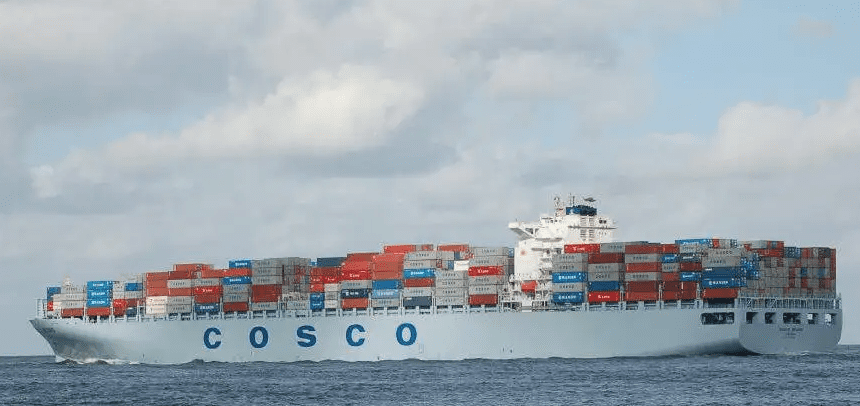
In this blog, we will delve into the intricacies of shipping containers, explore how to optimize costs, and provide valuable insights for importers looking to streamline their logistics processes. Whether you’re a seasoned importer or new to the industry, gaining knowledge about shipping costs will empower you to make informed decisions and enhance your trade activities between China and Brazil.
Related Article : Shipping From China to Brazil
Factors Affecting Shipping Costs
When considering the cost of shipping containers from China to Brazil, several factors come into play. Understanding these elements will help you make informed decisions and potentially save on shipping expenses.
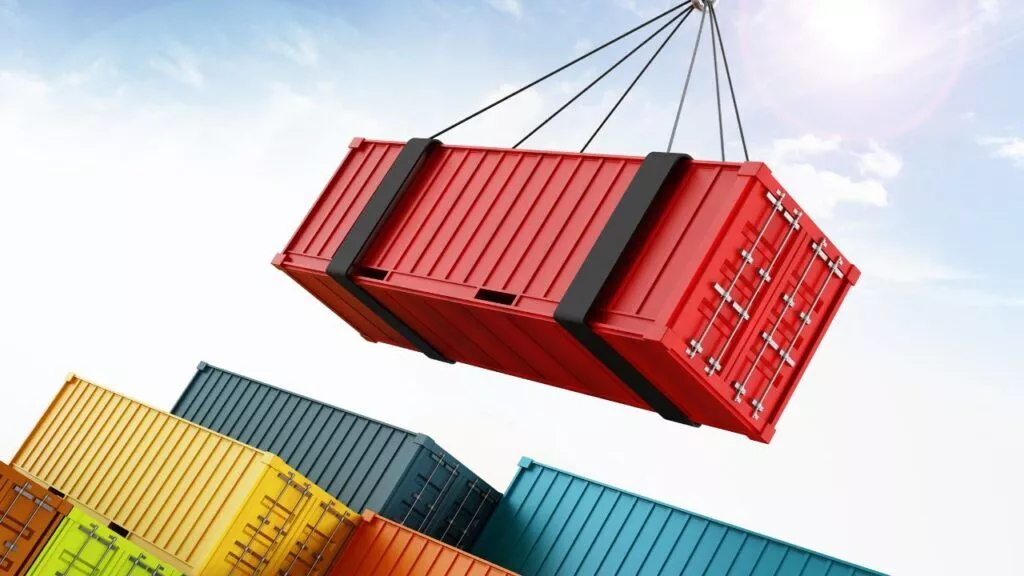
Distance and Route
The distance between the origin and destination port greatly influences shipping costs. Different routes may vary in price due to factors like shipping lanes, port accessibility, and geographic considerations. For example, routes with frequent traffic might offer lower rates due to economies of scale, while less common routes could be more expensive. Researching optimal shipping routes can be beneficial; consider consulting with a professional freight forwarder like Dantful International Logistics for tailored solutions.
Container Size (20ft vs 40ft)
The size of the container is another crucial factor. A 20ft container typically costs less than a 40ft container, but the price difference may not be proportional to the increased capacity. If you can maximize the space of a 40ft container, it can often be more cost-effective on a per-unit basis. Additionally, larger containers may qualify for bulk discounts, making them a more economical choice for larger shipments.
Shipping Method (FCL vs LCL)
Choosing between Full Container Load (FCL) and Less than Container Load (LCL) shipping can significantly affect costs. FCL shipping allows you to rent an entire container, which is often more economical if you have enough goods to fill it. Conversely, LCL shipping shares container space with other shipments, which may be more affordable for smaller loads but often incurs additional handling fees. Evaluating your shipment size and weight can help determine the best shipping method for your needs.
Seasonal Variations
Shipping costs can fluctuate based on seasonal demand. Peak seasons, such as pre-holiday periods, often see increased freight rates due to higher shipping volumes. This demand can lead to limited space availability and higher port fees, impacting overall costs. Keeping track of industry trends and seasonal patterns can aid in budgeting and planning your shipments more effectively.
Fuel Prices
Fuel prices are a significant component of shipping costs. As fuel prices rise, carriers often pass these costs onto customers. Monitoring changes in oil prices can provide insight into potential fluctuations in freight rates. Consider discussing fuel surcharges and their implications with your freight forwarder to better understand how they might affect your total shipping costs.
Port Fees and Handling Charges
Shipping costs also encompass various port fees and handling charges. These may include terminal handling charges, customs fees, and other expenses related to loading and unloading the cargo. Understanding these charges can help you prepare for the total cost of shipping and avoid surprises upon delivery. Working with a reliable logistics provider like Dantful International Logistics can help clarify these charges and ensure accurate budgeting.
READ MORE:
- Shipping From China to the United States
- Shipping From China TO Canada
- Shipping From China TO Mexico
- Shipping From China to Panama
- Shipping From China to Costa Rica
- Shipping From China to Brazil
- Shipping From China TO Colombia
- Shipping From China to Jamaica
- Shipping From China to Venezuela
Cost Breakdown for 20ft Containers
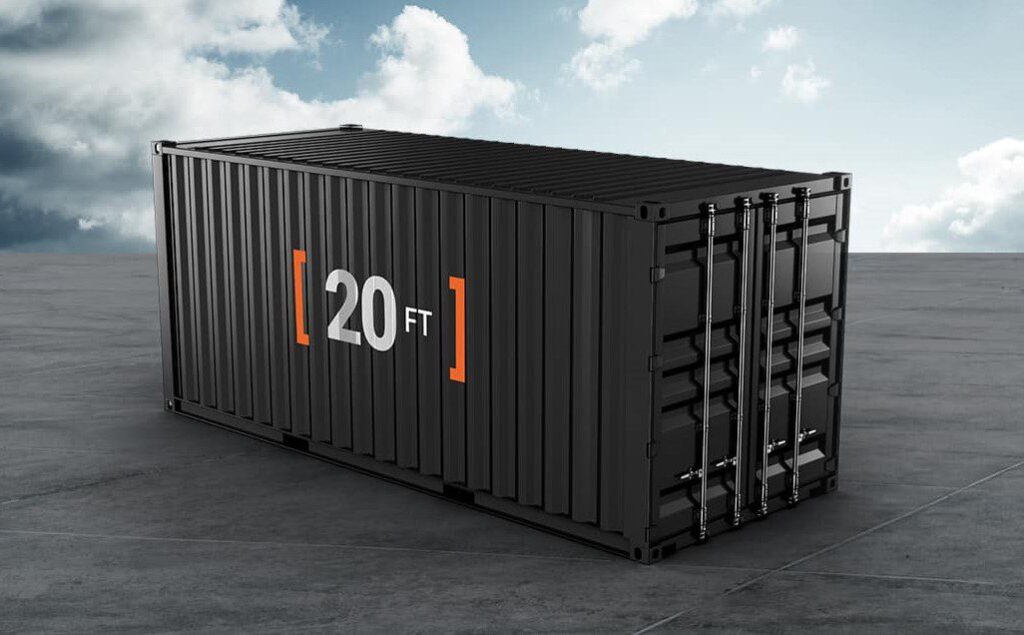
A clear understanding of the cost breakdown for 20ft containers can assist importers in planning and budgeting their shipments effectively.
Average Price Range
On average, the cost of shipping a 20ft container from China to Brazil can range from $1,500 to $3,000, depending on several factors, including the shipping method, distance, and current market conditions. Prices can fluctuate, so it’s advisable to obtain quotes from multiple freight forwarders to secure the best deal for your shipment.
Typical Transit Times
Transit times for shipping a 20ft container from China to Brazil typically range from 25 to 40 days, depending on the chosen route and shipping method. Factors such as customs clearance and port congestion may also impact delivery times. It’s essential to account for potential delays when planning your logistics to ensure timely arrival of your goods.
Cost per Cubic Meter for LCL Shipments
For LCL shipments, the cost is generally calculated on a per-cubic-meter basis. This cost can vary significantly based on the shipping line and the demand for space. Average rates for LCL shipments can range from $50 to $100 per cubic meter. Evaluating the total volume of your cargo can help you estimate costs and make informed decisions about whether to opt for LCL or FCL shipping.
By considering these factors and calculating costs accurately, you can optimize your shipping strategy and select a service provider that meets your budget and logistical needs. For expert assistance, don’t hesitate to reach out to Dantful International Logistics, your trusted partner for comprehensive freight forwarding services.
Cost Breakdown for 40ft Containers
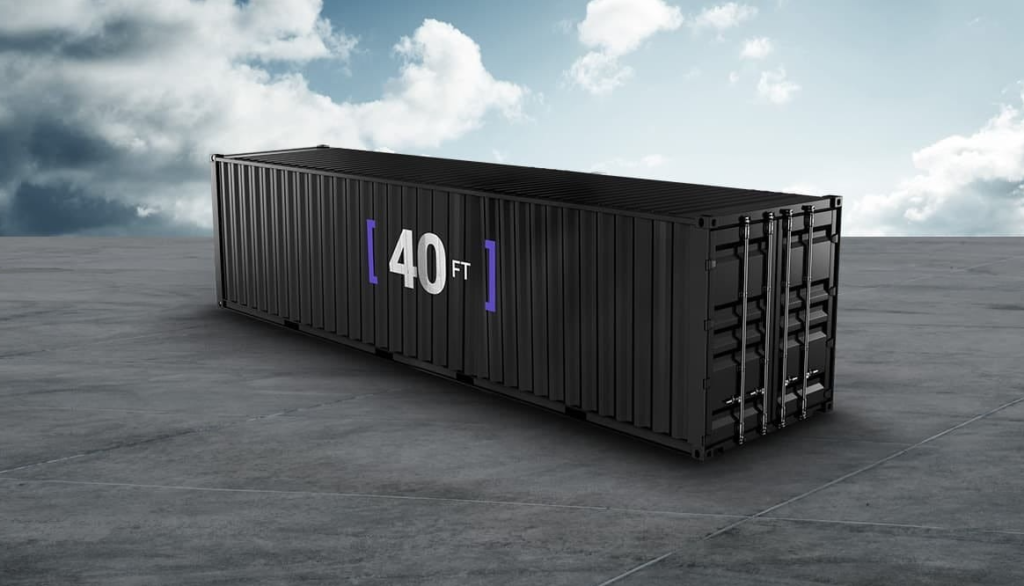
When planning to ship goods via a 40ft container, it’s essential to have a clear understanding of the associated costs and logistics. A 40ft container provides significantly more capacity than its 20ft counterpart, making it an attractive option for larger shipments.
Average Price Range
The average cost to ship a 40ft container from China to Brazil typically ranges from $2,500 to $4,500. This price variation is influenced by various factors, including the shipping line, route taken, and current market dynamics. It’s crucial to request quotes from multiple freight forwarders, such as Dantful International Logistics, to ensure competitive pricing and understand the included services.
Typical Transit Times
Transit times for a 40ft container shipping from China to Brazil generally range from 30 to 45 days. This timeframe can be affected by several factors, such as port congestion, customs clearance processes, and the specific shipping route chosen. Monitoring transit times is vital for planning the delivery of goods to meet your business needs and timelines.
Cost Comparison with 20ft Containers
While a 40ft container offers more space, the cost per unit can often be lower than that of a 20ft container when filled to capacity. On average, shipping costs per cubic meter are reduced for larger containers. For instance, while a 20ft container might cost $1,500 to $3,000, a 40ft container may offer a more economical option, particularly for larger shipments. This cost-effectiveness can make a significant difference for businesses looking to maximize their shipping budget. When comparing costs, it’s essential to evaluate both the total shipping expense and the volume of goods being transported.
Additional Costs to Consider
Understanding the total cost of shipping goods goes beyond just the basic freight charges. Several additional costs must be factored into your logistics budget when shipping containers from China to Brazil.
Customs Duties and Taxes
Customs duties and taxes are charges imposed by governments on imported goods. These fees can vary significantly based on the type of product being shipped and its declared value. Importers should familiarize themselves with Brazil’s customs regulations and tariff rates to avoid unexpected expenses during the clearance process. Working with a knowledgeable freight forwarder like Dantful International Logistics can help you navigate customs compliance and minimize delays.
Insurance
Cargo insurance is a critical aspect of international shipping that protects against potential loss or damage during transit. While shipping lines often offer limited liability, obtaining comprehensive insurance coverage is advisable for high-value shipments. The cost of cargo insurance typically ranges from 0.5% to 2% of the total cargo value, depending on the policy and risk factors involved. Ensure that your insurance covers potential risks during both transit and unloading.
Documentation Fees
Documentation fees are charges for the preparation and processing of essential shipping documents. These may include the bill of lading, customs declarations, and certificates of origin. Fees can vary based on the freight forwarder and the complexity of the shipment. It is crucial to clarify these costs upfront with your logistics partner to avoid surprises.
Inland Transportation in China and Brazil
Inland transportation encompasses the movement of goods from the origin factory to the port in China, as well as from the port in Brazil to the final destination. These costs can vary based on distance, mode of transportation, and local logistics providers. It’s important to factor in these expenses when calculating the total shipping cost. Collaborating with a freight forwarder like Dantful International Logistics can streamline the inland logistics process, ensuring efficient transport and minimizing delays.
By considering all of these factors, you can achieve a comprehensive understanding of the costs involved in shipping 40ft containers from China to Brazil. This approach not only helps in budgeting but also aids in making strategic decisions for your supply chain. For expert guidance on shipping logistics, don’t hesitate to reach out to Dantful International Logistics, your reliable partner in international freight forwarding.
Cost-Saving Strategies
When it comes to shipping containers from China to Brazil, implementing effective cost-saving strategies can significantly reduce your overall expenses. Here are some practical approaches to consider:
Choosing the Right Shipping Method
Selecting the appropriate shipping method is crucial for optimizing costs. Depending on your shipment size and urgency, you may choose between Full Container Load (FCL) or Less than Container Load (LCL). FCL is often more economical for larger shipments, while LCL may be suitable for smaller quantities. Evaluate your needs carefully to select the method that offers the best balance of cost and efficiency. Consulting with an experienced freight forwarder like Dantful International Logistics can provide valuable insights into the best shipping options for your cargo.
Optimizing Container Space
Maximizing the space within your container can lead to substantial savings. When shipping goods, ensure that items are packed efficiently to take full advantage of the container’s capacity. This practice not only helps reduce shipping costs but also minimizes the risk of damage during transit. Utilizing efficient packing methods, such as stacking and using dunnage, can optimize space utilization. Working closely with your logistics provider can help identify the best packing strategies for your specific shipment.
Negotiating with Freight Forwarders
Don’t hesitate to negotiate shipping rates with freight forwarders. Many logistics providers offer flexible pricing based on shipment volume, frequency, and long-term contracts. By discussing your shipping needs and exploring potential discounts, you can secure better rates. Building a strong relationship with your freight forwarder, like Dantful International Logistics, can also lead to personalized service and future cost-saving opportunities.
Dantful International Logistics Services:
- Dantful Ocean Freight Services
- Air Freight From China
- Amazon FBA Freight Forwarding
- WAREHOUSE Services
- One-Stop Customs Clearance Solution
- Cargo Insurance Services in China
- DDP Shipping Services By Dantful Logistics
- Out of Gauge Cargo Transportation Shipping Services
Planning Shipments During Off-Peak Seasons
Timing your shipments can impact costs significantly. Planning shipments during off-peak seasons—when demand for shipping services is lower—can lead to reduced rates and increased availability of container space. By avoiding peak shipping times, such as pre-holiday rushes, you may find better pricing options and faster transit times. Keep an eye on industry trends and shipping calendars to optimize your shipping schedule.
Tips for Importers
To navigate the complexities of international shipping, importers should adopt best practices that enhance efficiency and minimize costs. Here are some tips to consider:
How to Get Accurate Quotes
Obtaining accurate quotes is essential for budgeting and planning shipping costs. When requesting quotes from freight forwarders, provide detailed information about your shipment, including dimensions, weight, destination, and preferred shipping method. Ensure that you ask about all potential fees, including terminal handling charges, customs duties, and insurance, to receive a comprehensive estimate. This approach can help prevent unexpected costs later in the process.
Questions to Ask Freight Forwarders
When selecting a freight forwarder, asking the right questions can ensure that you choose the best partner for your shipping needs. Key questions include:
- What services do you offer, and are you experienced in shipping to Brazil?
- What are your typical transit times for shipments from China to Brazil?
- How do you handle customs clearance and documentation?
- Can you provide references from other clients?
- What is your process for tracking shipments?
These inquiries can help you gauge the freight forwarder’s capabilities and customer service quality.
Resources for Tracking Shipping Rates
Staying informed about fluctuating shipping rates is vital for managing your budget effectively. Utilize online resources and platforms that provide real-time data on shipping costs and trends. Websites like Freightos, Xeneta, and the Dantful International Logistics blog offer valuable insights and tools for tracking shipping rates. Subscribing to industry newsletters can also keep you updated on market changes and help you make informed decisions.
FAQs

Q1: What is the difference between FCL and LCL shipping?
A1: FCL (Full Container Load) shipping involves renting an entire container, while LCL (Less than Container Load) shipping shares container space with other shipments. FCL is often more economical for larger loads, whereas LCL is suitable for smaller shipments.
Q2: How long does it take to ship a container from China to Brazil?
A2: Typical transit times for containers shipping from China to Brazil range from 25 to 45 days, depending on the shipping method and route.
Q3: What additional costs should I consider when shipping containers?
A3: In addition to freight charges, importers should account for customs duties, insurance, documentation fees, and inland transportation costs.
References
- Xeneta. (2023). Global Shipping Rates Tracker. Retrieved from Xeneta
- Freightos. (2023). Freight Rate Index. Retrieved from Freightos

Young Chiu is a seasoned logistics expert with over 15 years of experience in international freight forwarding and supply chain management. As CEO of Dantful International Logistics, Young is dedicated to providing valuable insights and practical advice to businesses navigating the complexities of global shipping.

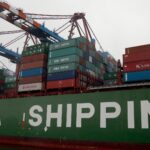




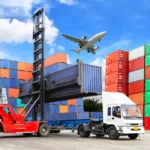

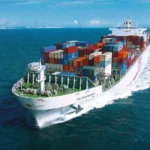
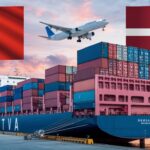
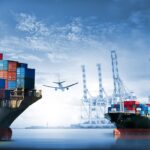
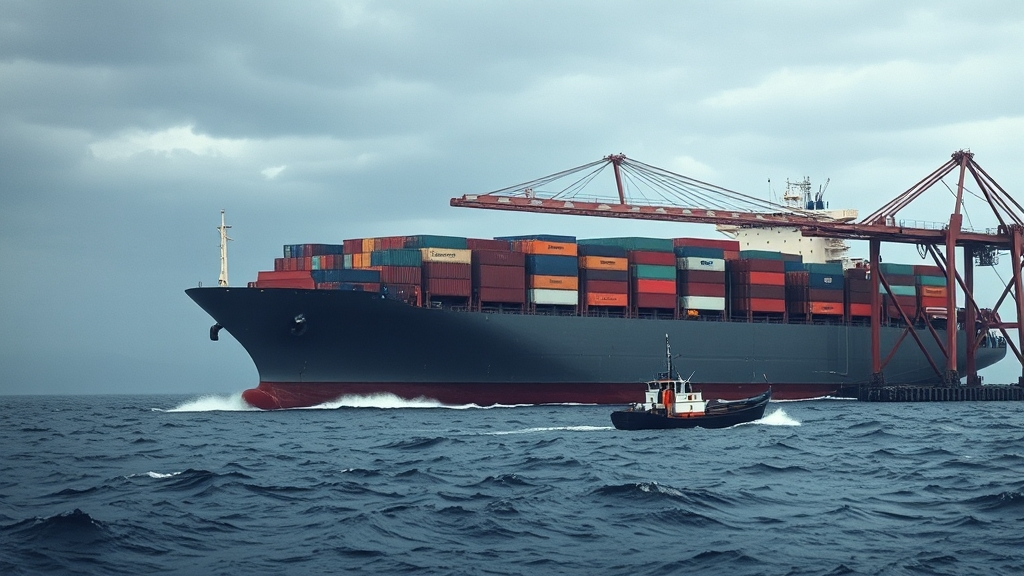
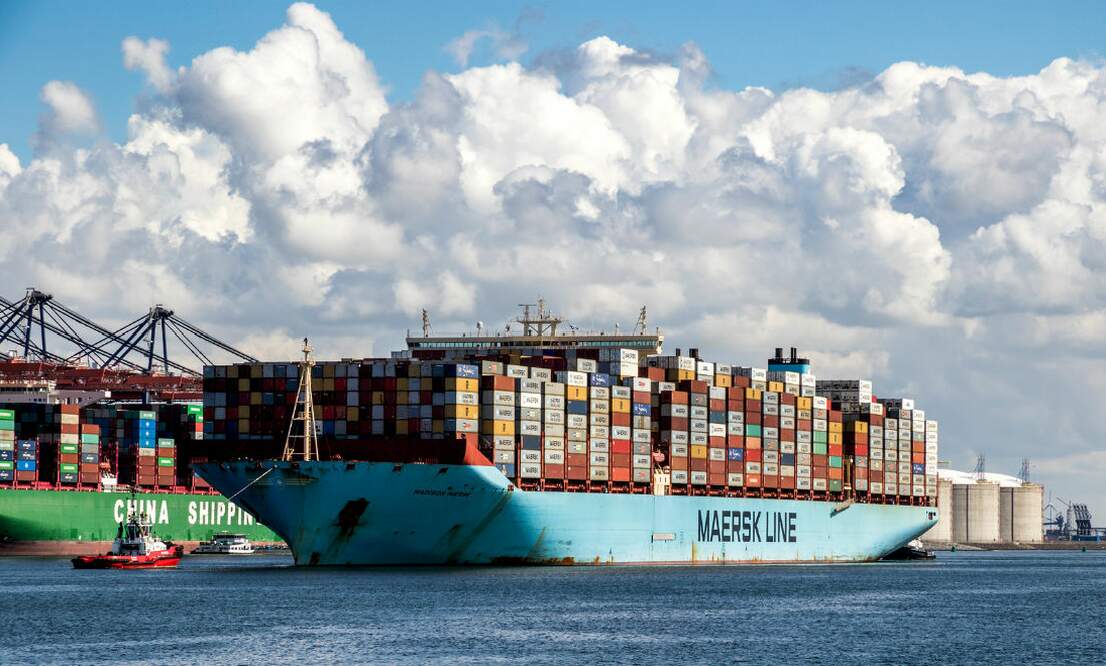
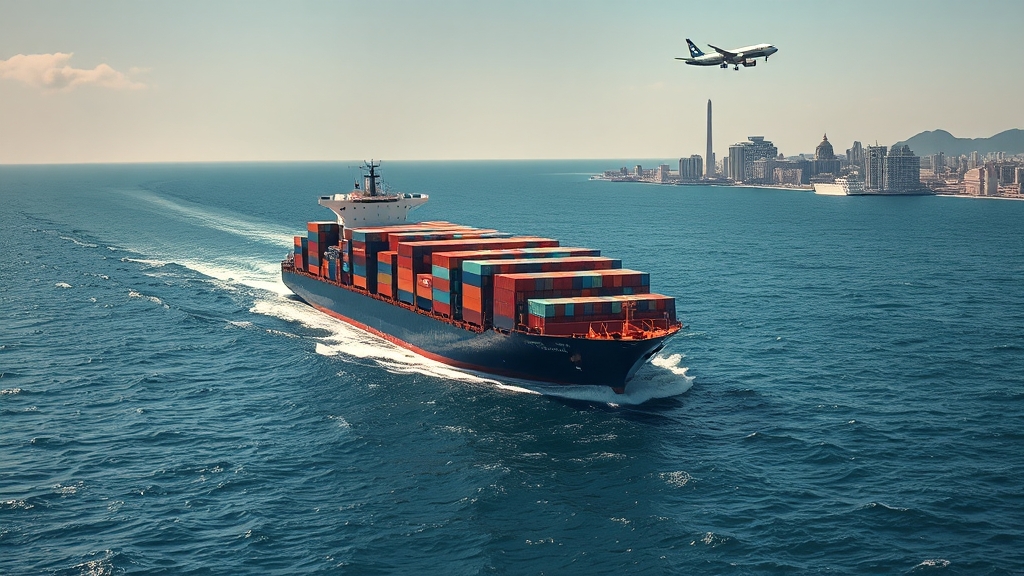
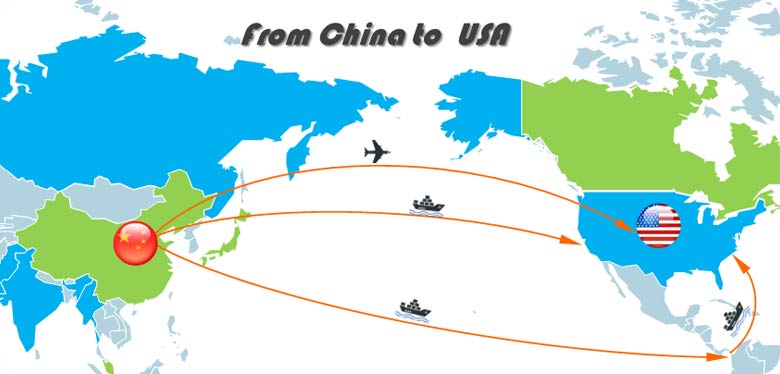
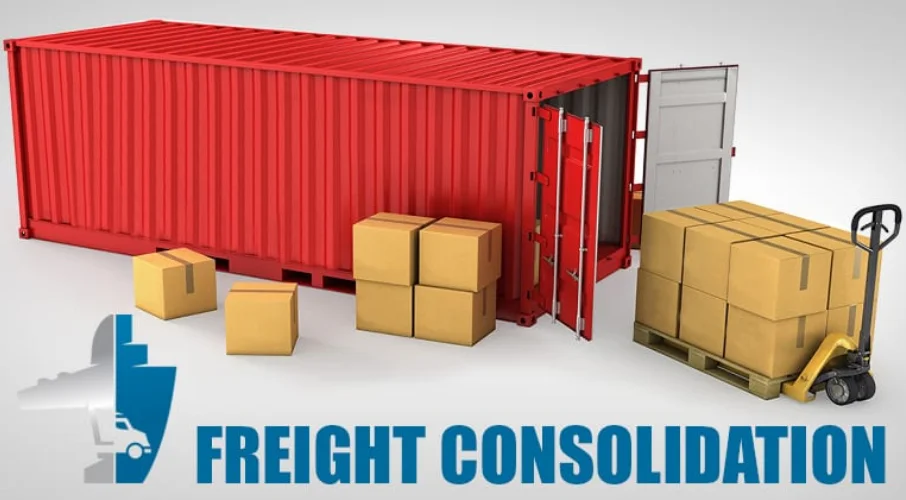





 Afrikaans
Afrikaans Shqip
Shqip አማርኛ
አማርኛ العربية
العربية Հայերեն
Հայերեն Azərbaycan dili
Azərbaycan dili Euskara
Euskara Беларуская мова
Беларуская мова বাংলা
বাংলা Bosanski
Bosanski Български
Български Català
Català Cebuano
Cebuano Chichewa
Chichewa 简体中文
简体中文 繁體中文
繁體中文 Corsu
Corsu Hrvatski
Hrvatski Čeština
Čeština Dansk
Dansk Nederlands
Nederlands English
English Esperanto
Esperanto Eesti
Eesti Filipino
Filipino Suomi
Suomi Français
Français Galego
Galego ქართული
ქართული Deutsch
Deutsch Ελληνικά
Ελληνικά Kreyol ayisyen
Kreyol ayisyen Harshen Hausa
Harshen Hausa Ōlelo Hawaiʻi
Ōlelo Hawaiʻi עִבְרִית
עִבְרִית हिन्दी
हिन्दी Hmong
Hmong Magyar
Magyar Íslenska
Íslenska Igbo
Igbo Bahasa Indonesia
Bahasa Indonesia Gaeilge
Gaeilge Italiano
Italiano 日本語
日本語 Basa Jawa
Basa Jawa ಕನ್ನಡ
ಕನ್ನಡ Қазақ тілі
Қазақ тілі ភាសាខ្មែរ
ភាសាខ្មែរ 한국어
한국어 كوردی
كوردی Кыргызча
Кыргызча ພາສາລາວ
ພາສາລາວ Latin
Latin Latviešu valoda
Latviešu valoda Lietuvių kalba
Lietuvių kalba Lëtzebuergesch
Lëtzebuergesch Македонски јазик
Македонски јазик Malagasy
Malagasy Bahasa Melayu
Bahasa Melayu മലയാളം
മലയാളം Maltese
Maltese Te Reo Māori
Te Reo Māori मराठी
मराठी Монгол
Монгол ဗမာစာ
ဗမာစာ नेपाली
नेपाली Norsk bokmål
Norsk bokmål پښتو
پښتو فارسی
فارسی Polski
Polski Português
Português ਪੰਜਾਬੀ
ਪੰਜਾਬੀ Română
Română Русский
Русский Samoan
Samoan Gàidhlig
Gàidhlig Српски језик
Српски језик Sesotho
Sesotho Shona
Shona سنڌي
سنڌي සිංහල
සිංහල Slovenčina
Slovenčina Slovenščina
Slovenščina Afsoomaali
Afsoomaali Español
Español Basa Sunda
Basa Sunda Kiswahili
Kiswahili Svenska
Svenska Тоҷикӣ
Тоҷикӣ தமிழ்
தமிழ் తెలుగు
తెలుగు ไทย
ไทย Türkçe
Türkçe Українська
Українська اردو
اردو O‘zbekcha
O‘zbekcha Tiếng Việt
Tiếng Việt Cymraeg
Cymraeg יידיש
יידיש Yorùbá
Yorùbá Zulu
Zulu